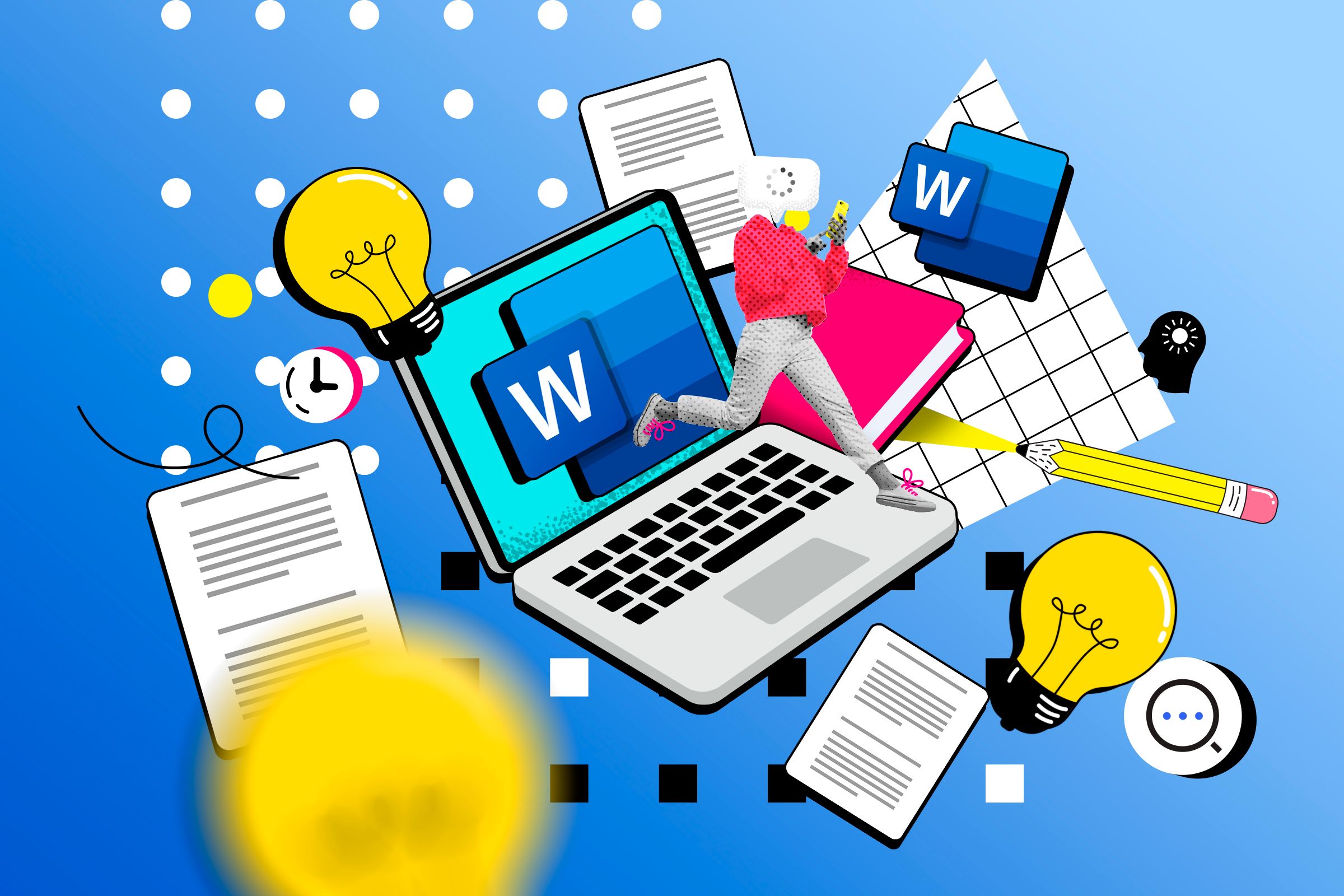Using the right app is necessary if you write and take notes daily. After trying many tools over the years, I’ve come to a point where I only consider apps that offer some key features. These aren’t just lovely extras—they’re absolute must-haves. Here are the features I refuse to compromise on.
6
The App Must Work Across All Devices
I use devices running most operating systems—including a Windows laptop, a Chromebook, a MacBook, an iPhone, and an Android smartphone. Because of this, I often need to switch between devices depending on whether I’m working from home or traveling. The first feature I look for in a writing tool is cross-device and cross-OS compatibility.
Whenever I find a new note-taking or writing tool or get a recommendation, I check its website to ensure it supports most desktop and mobile platforms. The tool should also sync my notes across all devices, ensuring I always have the latest version of my content. If it doesn’t offer that, I won’t even try it.
5
I Need Built-In OCR for Scanning Text
OCR, or Optical Character Recognition, is a helpful feature that allows you to scan handwritten or printed notes and turn them into editable, searchable text. Since it’s so practical, most note-taking apps include it—and for me, it’s a non-negotiable. It offers two main benefits that make note-taking far more efficient.
First, it spares you the hassle of manually typing long passages or entering data from printed materials. Back in college, this feature saved me hours of work. Second, it lets you search for specific keywords or topics within scanned documents, making it easier to find what you need without flipping through stacks of paper.
Related
How to Extract Text From Images on Windows 11
There is no need to type out the text from an image anymore.
4
Version History Is a Lifesaver
Version history maintains a timeline of all changes made to a document or note. It allows you to view, compare, and restore previous versions anytime. So if you accidentally delete content, overwrite something important, or want to revisit an earlier draft, version history has your back. There are two main reasons why this feature is non-negotiable for me.
I frequently collaborate with editors, junior writers, or clients, so I have to see what changes were made, when, and by whom. Version history makes that simple. It also saves me from creating multiple copies when experimenting with different angles for a piece—I can always return to an earlier draft or idea whenever I want.
Since I frequently collaborate with others, I look for tools that make collaboration effortless. First and foremost, sharing a document should be simple—ideally, just a few clicks. I must be able to manage permissions effortlessly—whether I want someone to view, leave comments, or have full editing rights. Plus, I should be able to revoke their access anytime.
The app should include a suggestion mode that allows others to propose changes, making it much easier for me to review and respond to feedback. I also appreciate tools that support threaded comments. These features have become so integral to my workflow that I won’t consider a tool that doesn’t have them.
Finally, a compare feature that allows me to analyze two versions of a document side by side to identify changes can simplify the process.
Related
6 Tips to Efficiently Collaborate on Microsoft Word Documents
Learn to work with others in Microsoft Word the right way.
2
Ease of Use and Integrations
I can’t stand tools with complicated interfaces where you have to dig through menus to access basic features. At the same time, the interface shouldn’t be overloaded with options I rarely use. I prefer a simple, intuitive design that lets me organize notes in a logical hierarchy, tag them for easy searching, and doesn’t require a long learning curve.
I also prefer tools that can easily integrate with other services, such as cloud storage services, so my notes are accessible from anywhere, or task management tools like Asana. I check if the tool supports add-ons or extensions, which allows me to add extra features that aren’t natively available in the app.
1
Templates Speed Up the Writing Process
While it’s not a complete dealbreaker, I appreciate it when a writing tool includes a solid library of templates. Having pre-built templates with formatting, layouts, sections, and heading styles lets me dive straight into the content without wasting time building everything from scratch. It cuts down on repetitive tasks and gives productivity a nice boost.
For example, if I’m putting together a case study, it’s super helpful to have a template with sections for the overview, key findings, solutions, and results—already styled and formatted. Or, when I’m drafting a project brief, having a template where I can plug in the overview, goals, and milestones and update status as things progress makes the process smoother and faster.
These are some of the key features I prioritize when selecting or testing a note-taking or writing tool. While I don’t expect an app to tick every box, having these features makes it worthwhile. What features do you prioritize in a writing tool? I use Evernote and Google Docs for most of my writing, while OneNote handles most of my note-taking.
Source link
